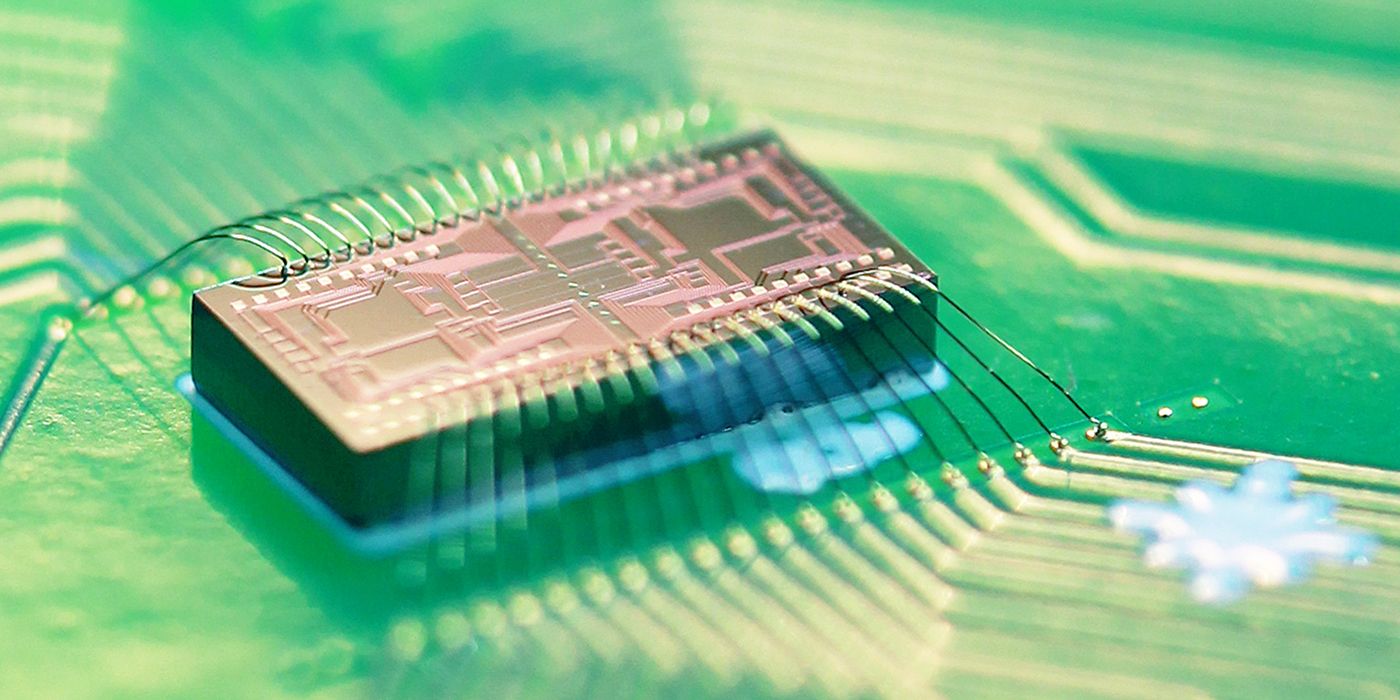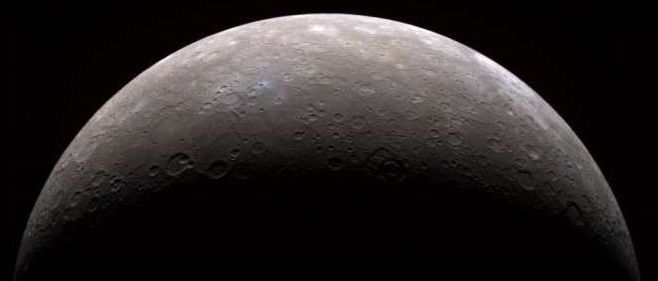Page 11341
Aug 8, 2016
Scientists Create Language to Program Living Cells
Posted by Karen Hurst in categories: biotech/medical, computing, education, internet

Nice — another step forward for all things connected.
Scientists can now talk to and even command living cells–to a limited degree at the moment, but with massive implications for the future. MIT biological engineers have created a computer code that allows them to basically hijack living cells and control them. It works similarly to a translation service, using a programming language to create a function for a cell in the form of a DNA sequence. Once it’s scalable, the invention has major ramifications. Future applications could include designing cells that produce a cancer drug when a tumor is detected or creating yeast cells that halt their own fermentation if too many toxic byproducts build up.
Continue reading “Scientists Create Language to Program Living Cells” »
Aug 8, 2016
China may be the future of genetic enhancement
Posted by Aleksandar Vukovic in categories: bioengineering, biotech/medical, economics, genetics, neuroscience
Indeed, if we set ethical and safety objections aside, genetic enhancement has the potential to bring about significant national advantages. Even marginal increases in intelligence via gene editing could have significant effects on a nation’s economic growth. Certain genes could give some athletes an edge in intense international competitions. Other genes may have an effect on violent tendencies, suggesting genetic engineering could reduce crime rates.
We may soon be able to edit people’s DNA to cure diseases like cancer, but will this lead to designer babies? If so, bioethicist G Owen Schaefer argues that China will lead the way.
Aug 8, 2016
Tunnels in spacetime could someday take us to another universe, claims radical theory
Posted by Andreas Matt in categories: cosmology, space travel

But, using an assumption that a wormhole can be found at the middle of a black hole, a group of Portugese researchers modelled how objects like a chair, a scientist and a spacecraft would be able to withstand the journey through it.
‘What we did was to reconsider a fundamental question on the relation between the gravity and the underlying structure of space-time,’ Diego Rubiera-Garcia, lead author from the University of Lisbon, Portugal, said.
Aug 8, 2016
Triple signal of ‘alien megastructure’ star baffles astronomers
Posted by Andreas Matt in category: space
A new dimming signal makes the famous star even more challenging to explain, but astronomers aren’t claiming that it’s aliens… yet.
Aug 8, 2016
Stem cell breakthrough allows scientists to grow and assemble human eyes
Posted by Montie Adkins in categories: biotech/medical, innovation

https://youtube.com/watch?v=Rw1odkI0Nw8
“An ultimate goal of stem cell research is to turn on the regenerative potential of one’s own stem cells for tissue and organ repair and disease therapy,” said Dr. Kang Zhang of the UC San Diego School of Medicine.
You’ll soon be able to see the future with eyes grown in petri dishes. Scientists in Japan’s Osaka University have found a new way to turn stem cells into a human eyeball in what is (needless to say) a remarkable breakthrough for the medical community. According to lead biologist Kohji Nishida, a small sample of adult skin is all that would be required in order to grow retinas, corneas, lenses, and other key components of the eye.
Continue reading “Stem cell breakthrough allows scientists to grow and assemble human eyes” »
Aug 8, 2016
IBM scientists emulate neurons with phase-change technology
Posted by Sean Brazell in categories: computing, finance, internet
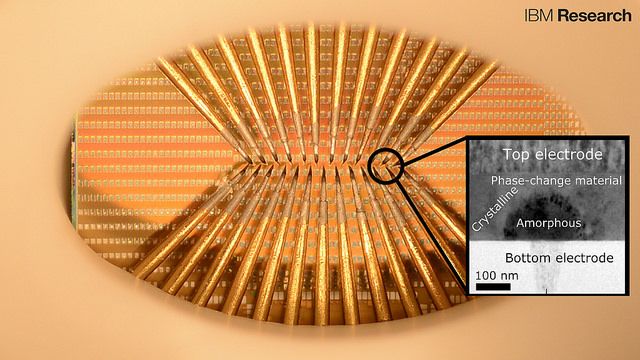

Scientists at IBM Research in Zurich have developed artificial neurons that emulate how neurons spike (fire). The goal is to create energy-efficient, high-speed, ultra-dense integrated neuromorphic (brain-like) technologies for applications in cognitive computing, such as unsupervised learning for detecting and analyzing patterns.
Continue reading “IBM scientists emulate neurons with phase-change technology” »
Aug 8, 2016
Ultrasonic wireless ‘neural dust’ sensors monitor nerves, muscles in real time
Posted by Sean Brazell in categories: computing, neuroscience
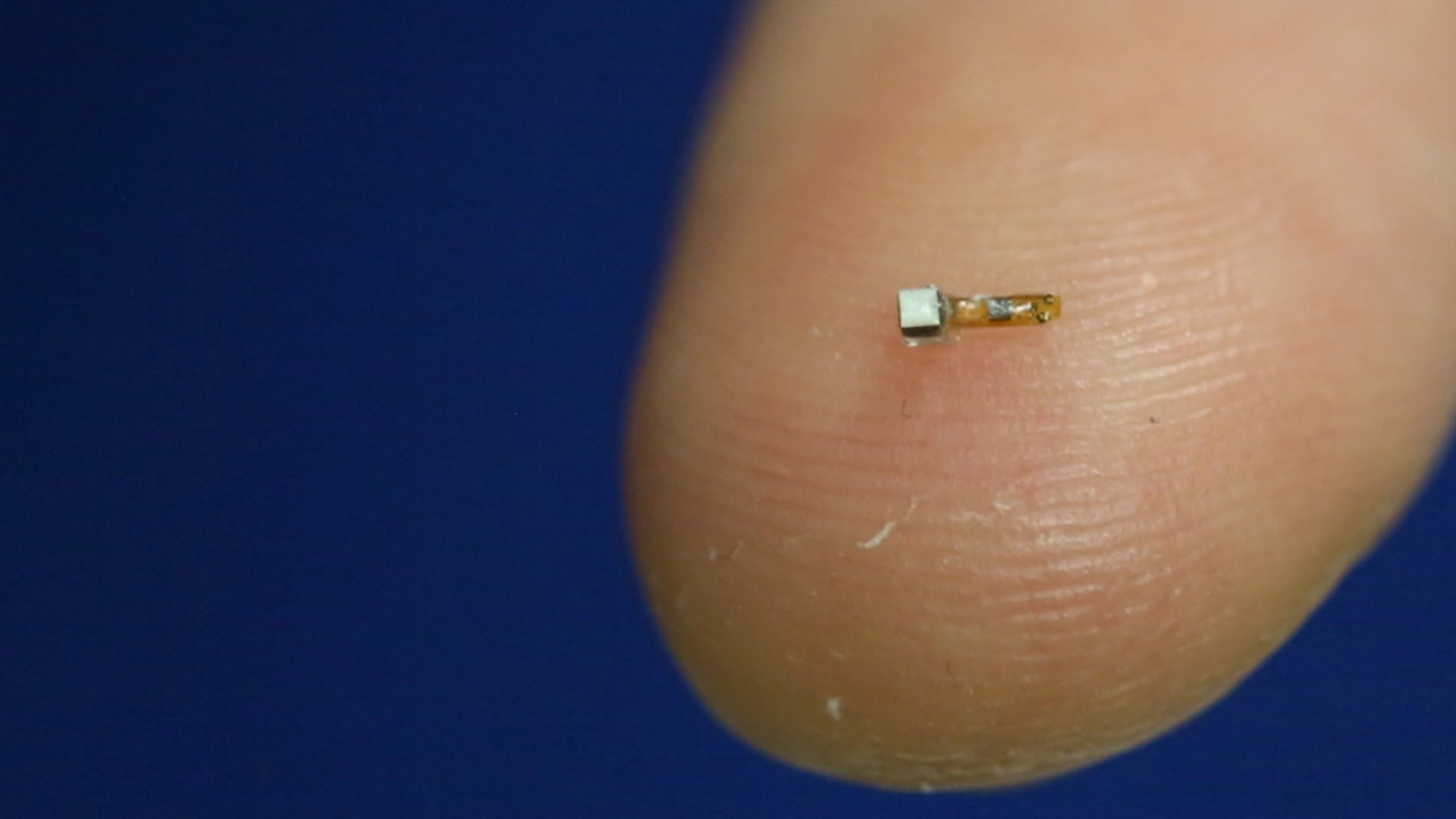
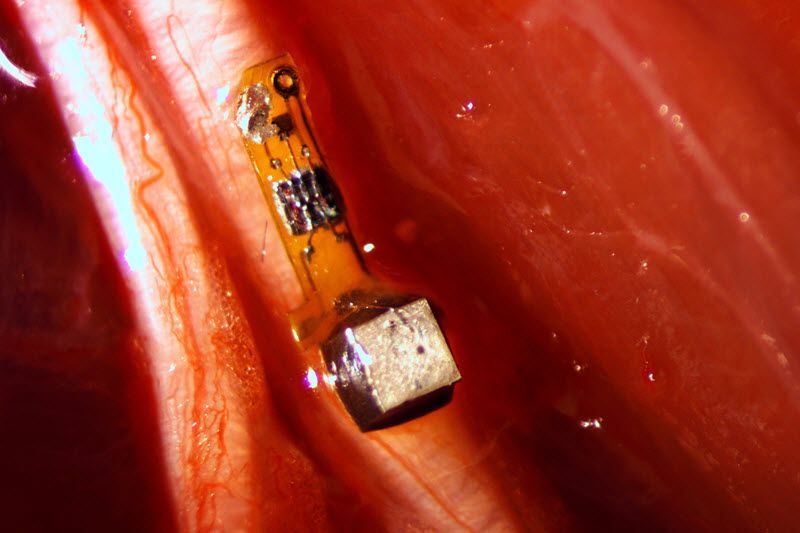
University of California, Berkeley engineers have designed and built millimeter-scale device wireless, batteryless “neural dust” sensors and implanted them in muscles and peripheral nerves of rats to make in vivo electrophysiological recordings.
Continue reading “Ultrasonic wireless ‘neural dust’ sensors monitor nerves, muscles in real time” »
Aug 8, 2016
Navigating in deep space: The recipe to make Interstellar travel a reality
Posted by Klaus Baldauf in categories: robotics/AI, space travel
An accurate method for spacecraft navigation takes a leap forward today as the National Physical Laboratory (NPL) and the University of Leicester publish a paper that reveals a spacecraft’s position in space in the direction of a particular pulsar can be calculated autonomously, using a small X-ray telescope on board the craft, to an accuracy of 2km. The method uses X-rays emitted from pulsars, which can be used to work out the position of a craft in space in 3D to an accuracy of 30 km at the distance of Neptune.
Pulsars are dead stars that emit radiation in the form of X-rays and other electromagnetic waves. For a certain type of pulsar, called ‘millisecond pulsars’, the pulses of radiation occur with the regularity and precision of an atomic clock and could be used much like GPS in space.
The paper, published in Experimental Astronomy, details simulations undertaken using data, such as the pulsar positions and a craft’s distance from the Sun, for a European Space Agency feasibility study of the concept. The simulations took these data and tested the concept of triangulation by pulsars with current technology (an X-ray telescope designed and developed by the University of Leicester) and position, velocity and timing analysis undertaken by NPL. This generated a list of usable pulsars and measurements of how accurately a small telescope can lock onto these pulsars and calculate a location.
Continue reading “Navigating in deep space: The recipe to make Interstellar travel a reality” »
Humanity has long dreamed of establishing itself on other worlds, even before we started going into space. We’ve talked about colonizing the Moon, Mars, and even establishing ourselves on exoplanets in distant star systems. But what about the other planets in our own backyard? When it comes to the solar system, there is a lot of potential real estate out there that we don’t really consider.
Well consider Mercury. While most people wouldn’t suspect it, the closest planet to our sun is actually a potential candidate for settlement. Whereas it experiences extremes in temperature – gravitating between heat that could instantly cook a human being to cold that could flash-freeze flesh in seconds – it actually has potential as a starter colony.
